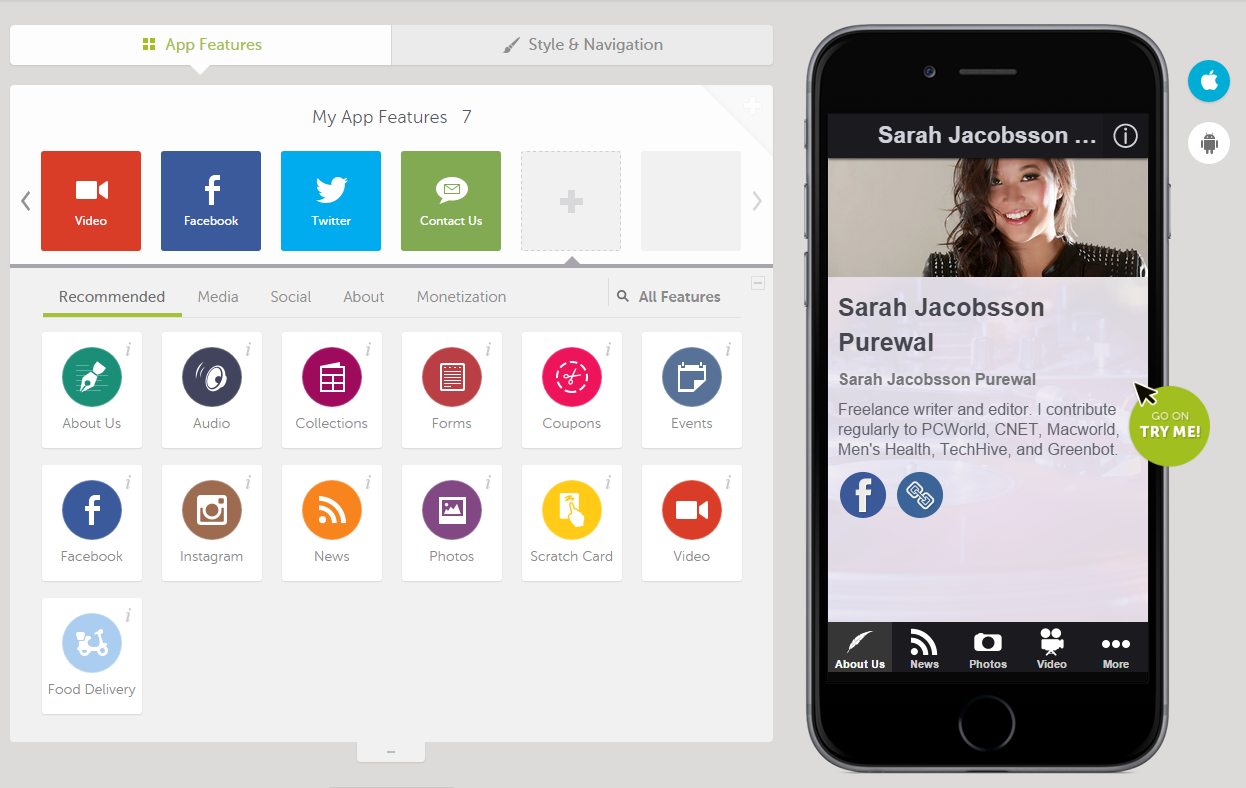

Each feature add-on also adds to the cost and development timeline.Įxamples of popular app features include: But some features take away from your app’s primary purpose. Lots of people are tempted to add extra and unnecessary features to an app. That’s where the features should be focused. Think about your app’s core functionality. If the app is for a completely new idea, you’ll need to connect with prospective users that fit your target audience. If your app is an extension of your existing business, you can use your current customers as a resource for this research.

It doesn’t make you different from every other business on the planet. It’s a common mistake for people to define goals in a monetary sense, such as “make more money.” But that goes without saying. Objectives are the steps you take to achieve those goals.īreak those objectives down into “SMART” objectives: Goals represent the final outcome that you want to reach. To make sure that you achieve your app development goals, you need to understand the difference between a goal and an objective. You can set goals related to the end-user, as well as goals related to your business.

Since app development is virtually limitless, it might be enticing to add features, bells, and whistles that aren’t mission-critical to your goal. Otherwise, you won’t be using your time and resources effectively. Use this as your north star, to ensure that you’re continually aiming toward them. If these aren’t clearly defined from the beginning, it’s easy to get lost along the way once you start developing your own app.ĭon’t just set any goal-set measurable goals. Your goals will ultimately establish your entire development process. What are you setting out to achieve? What problems are you trying to solve? The app development process must start with clearly defined goals. Just follow the step-by-step tutorial below to make an app. Common Questions About Making an App (FAQ).Step #5 - Choose Your Development Method.


 0 kommentar(er)
0 kommentar(er)
